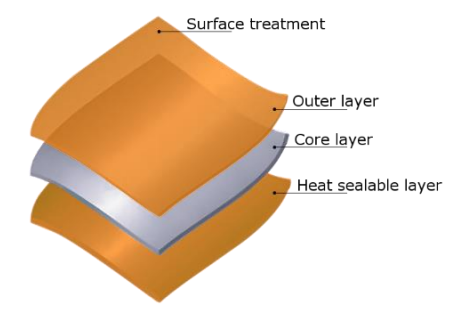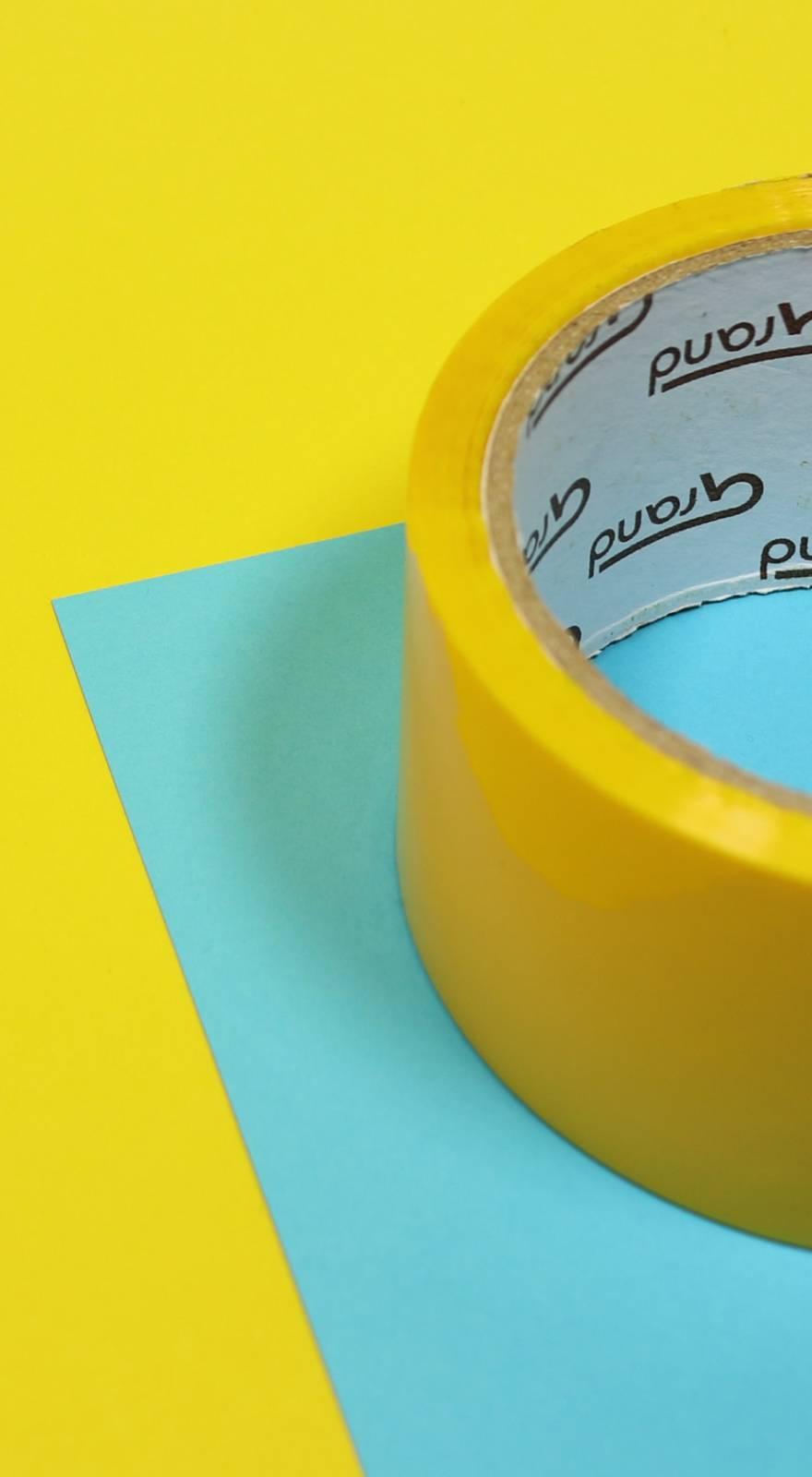Knowde Enhanced TDS
Identification & Functionality
- Chemical Family
- Polymer Name
- Technologies
- Product Families
Features & Benefits
- Materials Features
Applications & Uses
- Markets
- Applications
- Plastics & Elastomers End Uses
- Usage Recommendations
- It is recommended that BOPP film should be tempered at operating room temperature for 24 hours before use
- Metalized films should be laminated because the metal layer is not resistant to scratches
- Before printing on metalized films, it is strongly recommended to apply a primer
Properties
- Typical Properties
| Value | Units | Test Method / Conditions | |
| Average Thickness Deviation | max. 5 | % | — |
| Yield | 34.39 - 38.01 | m²/kg | — |
| Unit Weight | 26.22 - 28.98 | g/m² | — |
| Coefficient of Friction | 0.2 - 0.3 | — | ASTM D 1894 |
| Elongation at Break (MD) | 250 - 650 | % | ASTM D 882 |
| Elongation at Break (TD) | 400 - 800 | % | ASTM D 882 |
| Tensile Strength (MD) | 20 - 30 | MPa | ASTM D 882 |
| Tensile Strength (TD) | 15 - 25 | MPa | ASTM D 882 |
| Surface Treatment | min. 36 | dynes/cm | ASTM D 2578a |
Technical Details & Test Data
- Film Layer Representation

Packaging & Availability
- Packing
Core Diameter Outer Diameter (*) Notes Vertical
152 mm (6') max. 550 mm
max. 700 mm – two or more rows
min. 700 mm – one row76 m (3') Horizontal
152 mm (6') max. 770 mm
76 m (3') (*) In case of no other requirements.
Storage & Handling
- Storage and Transportation Terms & Conditions
- Palletizing of goods is done according to customer’s requirements
- The storage of all goods is in dry, covered and clean warehouses
- The transportation of the goods is carried out in dry, covered and clean means of transport
- The recommended temperature of storage/transportation is 10-30°C. If the temperature is not within the recommended limits, the following issues may occur:
- Decrease of dyne level
- Higher haze of the film
- Poor adhesion of the film surface that on a later stage could be an issue for laminating and printing
- Extremely low COF that can trouble further processing
- Excessive humidity can be a reason for film blocking
- Adherence to the above mentioned storage conditions ensures that the film is suitable to be used up to 6 months after production

